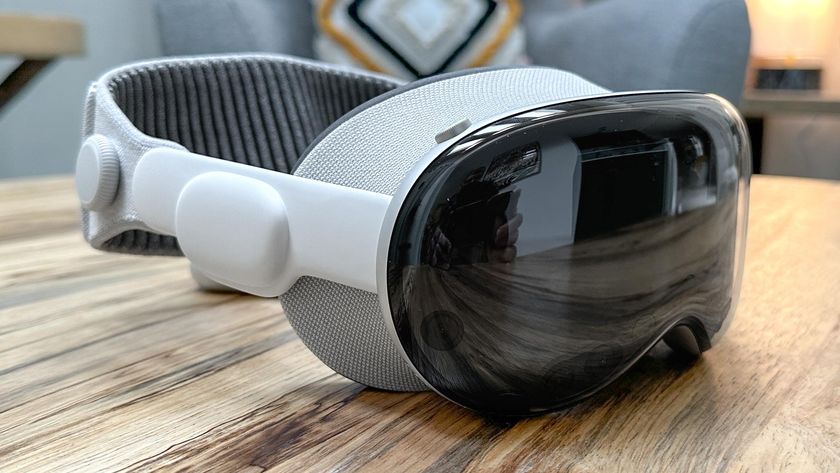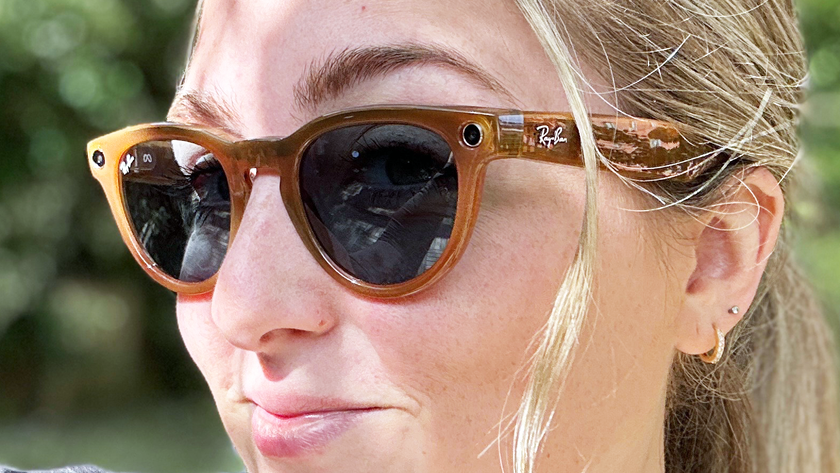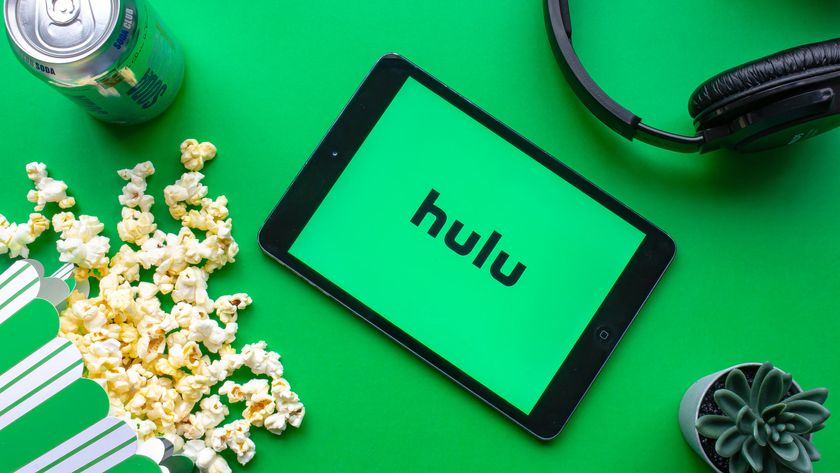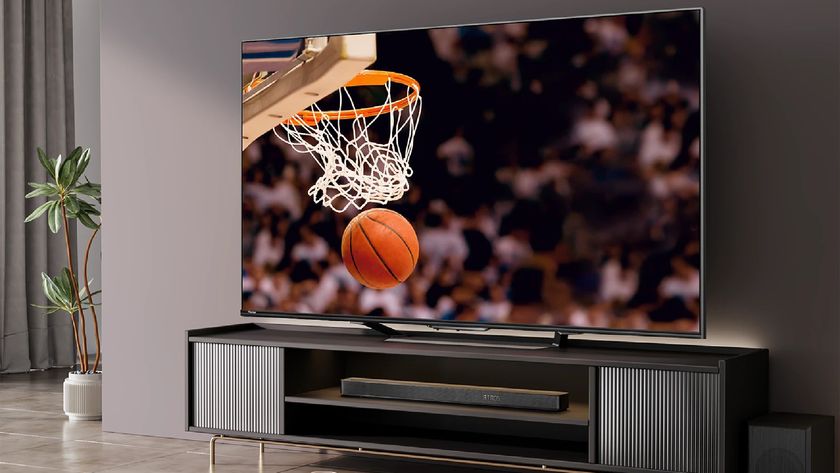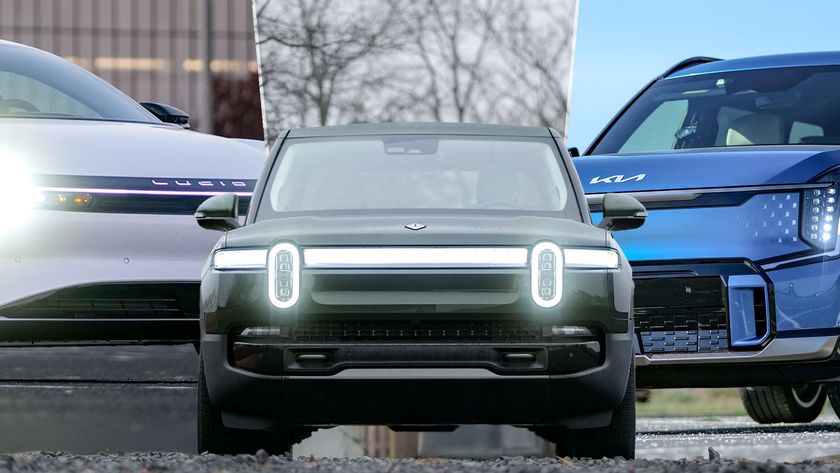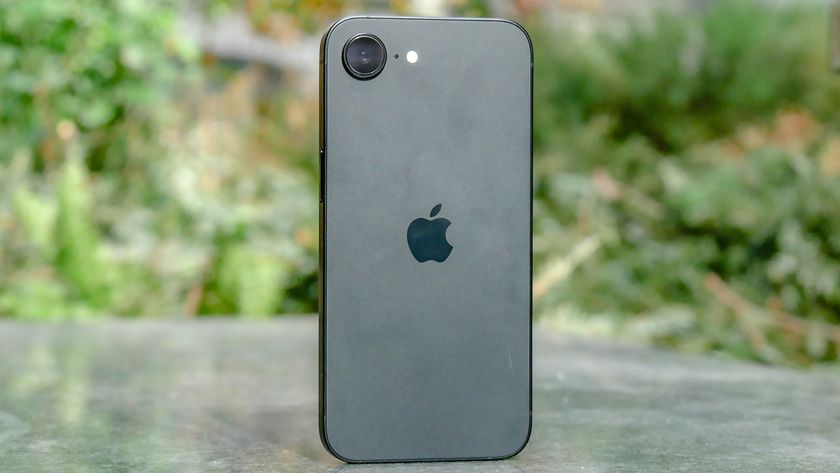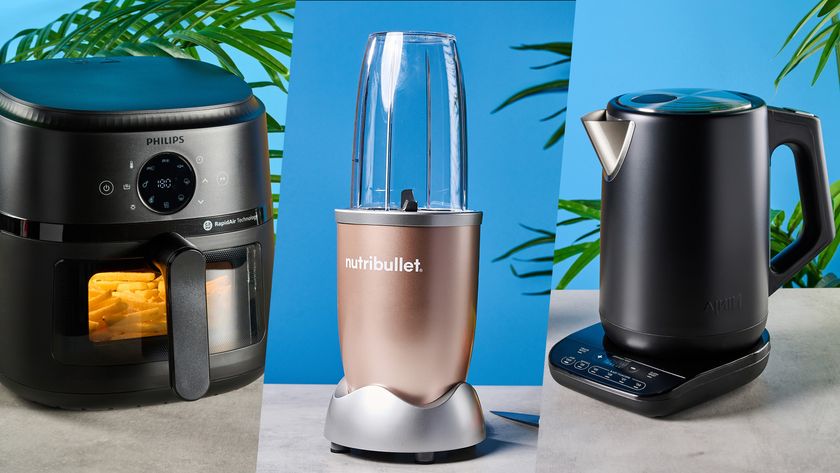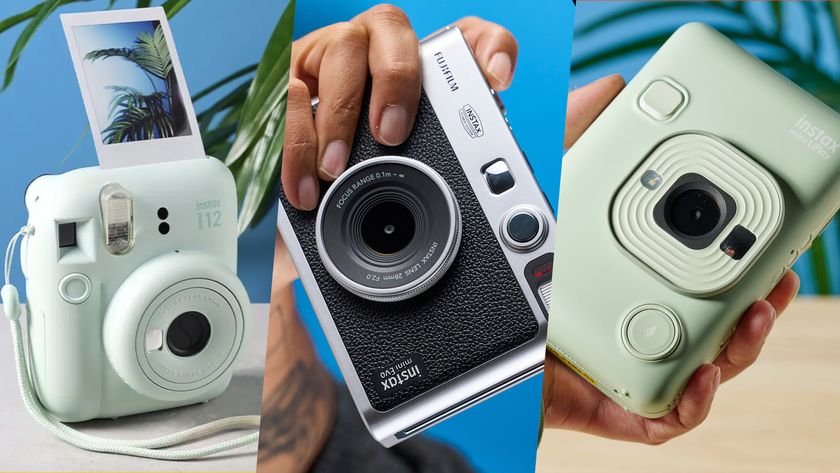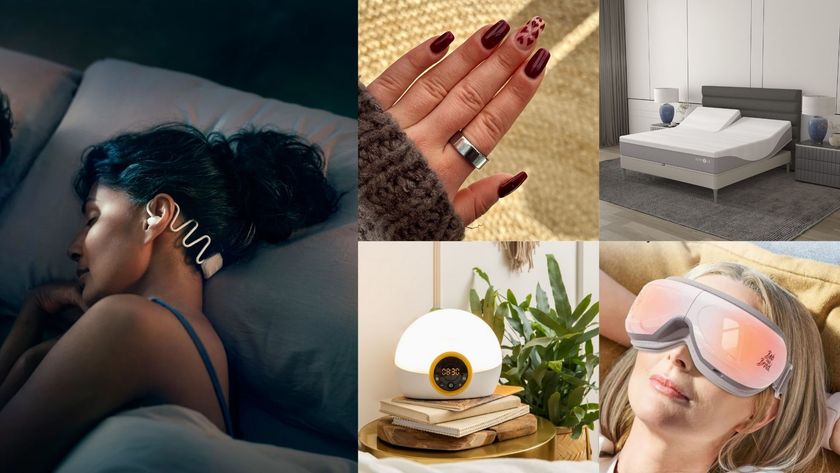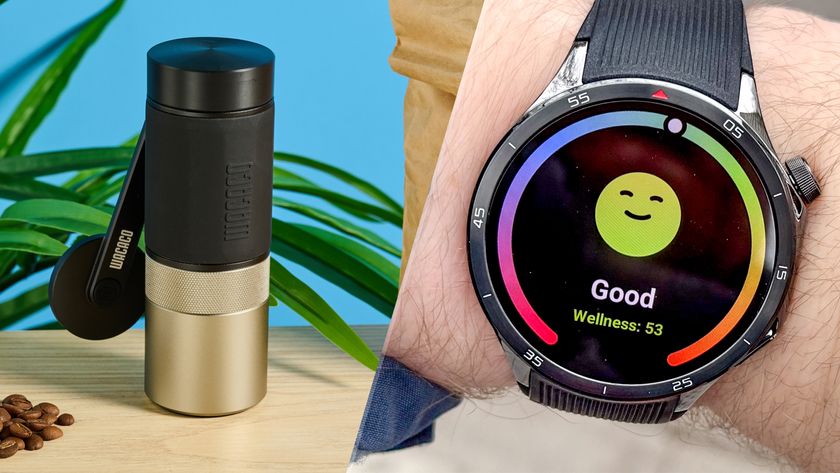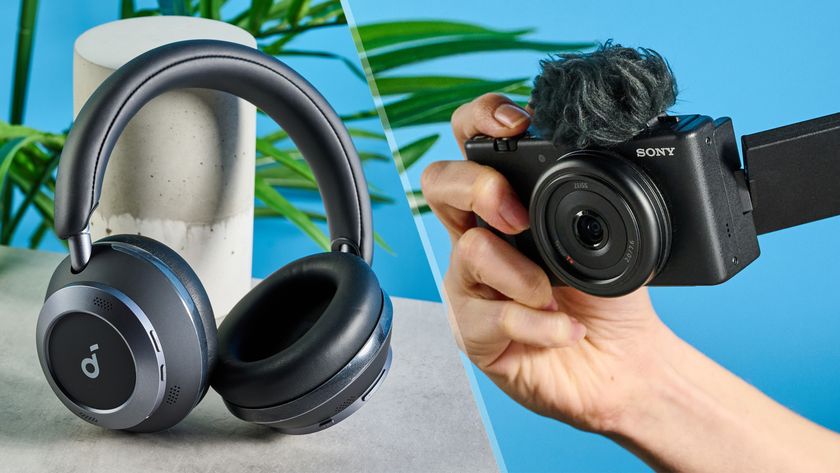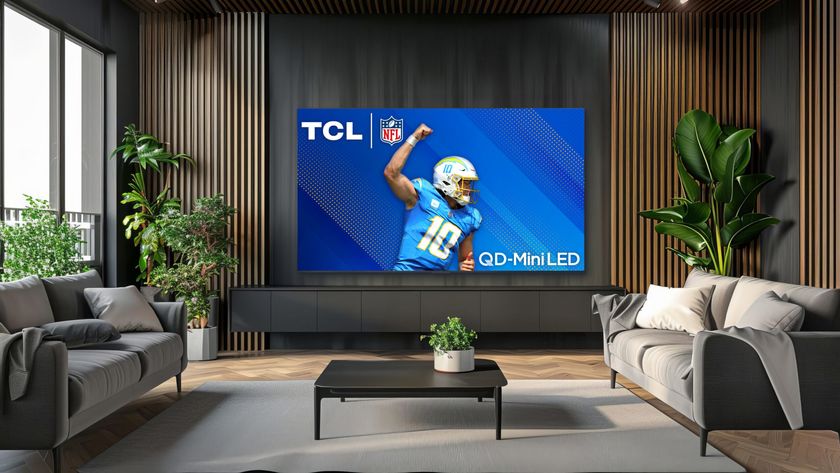Magic Leap One Previews Are In: Amazing AR, Amazingly Expensive
The Magic Leap One is the most-hyped AR headset in forever, and while critics enjoyed it, they don't think you should buy one.
Journalists are finally testing the Magic Leap One Creator Edition, and the reviews of the most hyped gadget in years are mixed. Some critics saw the headset's interactive, overlaid graphics as magical, while others are put off by the high price of the Magic Leap One, which is available now for a whopping $2,295.
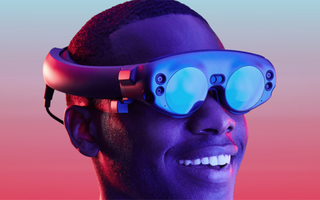
And while there's a solid consensus that the Magic Leap One is the most comfortable AR headset, there's a narrow field-of-view issue that will limit your fun. Here's what critics are saying about the Magic Leap One.
MORE: Augmented Reality Glasses: What You Can Buy Now
The Wall Street Journal
In her hands-on test, the Wall Street Journal's Joanna Stern said that "the Magic Leap One Creator Edition impresses but has yet to live up to the hype."
The Good
"The 0.7-pound Lightwear headset is a little more than half the weight of Microsoft’s chunky, self-contained HoloLens. Plus, the soft pads lining the headset make it comfortable. Even after 45 minutes, I felt fine—no snorkel-mask imprints or VR-like nausea."
"The Lightwear glasses make digital objects sometimes look so real that they play tricks on your mind. I certainly didn’t think the flying robot I placed in the corner was genuine, yet the steam coming out of his jets looked like it was from a tea kettle. During one demo, I picked up an actual chess piece just to confirm it wasn’t another illusion."
The Bad
"I don’t suggest anyone run out to buy one—maybe not for years. But, oh boy, was it an inspiring glimpse at the future of our interaction with technology, and each other."
"While not as restrictive as Microsoft’s HoloLens, the Lightwear has a limited field of view that constrains the experience. Some objects appeared cut off unless I turned my head or took a few steps back. Mr. Abovitz says this will be improved in Magic Leap Two."
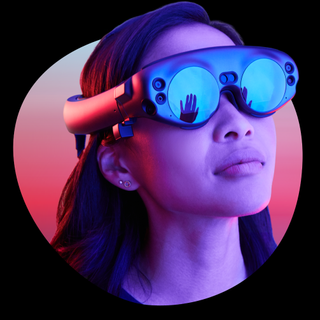
Cnet
In his write-up for Cnet, Scott Stein threw a bucket of virtual water on the hype that's driven Magic Leap for so many years.
The Good
"Wearing the headset feels not unlike what Microsoft's HoloLens accomplishes, but brighter, crisper and with better graphics."
"In those environments, objects like a floating, swimming sea turtle, hanging in the air, look charmingly convincing. Small objects fared the best."
The Bad
"Ultimately, … Magic Leap feels, to me, like a familiar stepping-stone more than a revolution. It's also a headset that seems much more targeted at developers exploring the ever-evolving future of augmented reality than it is anyone else."
"There's one huge drawback to the entire experience of putting a Magic Leap One on my face: It doesn't work with glasses. My handlers asked for my prescription before I arrived in Fort Lauderdale, and pop-in prescription lenses were supposed to be provided for my demo."
Wired
At Wired, Jessi Hempel wrote about the Magic Leap One's delightful experience, but explained how the headset is extremely sensitive in its setup.
The Good
"The headset was beautiful, and unlike others I’ve tried, it felt light on my head. A disc-size battery and computing pack, built like a small CD, fit easily in my front pocket."
"The images were crisp and solid (as solid as virtual reality can be, anyway). With a click of the controller, I pinned a Helio browser on the wall to my left. I opened a Wayfair demo in a second browser directly in front of me. A plush chair appealed to me from the Wayfair website, so I used the controller to drag it directly into the living room and see what it might look like."
The Bad
"I tried out the Magic Leap One in a 1,000-square-foot faux-living room that had been tricked out in West Elm furniture, and it wasn’t great at first. … A main menu popped up in front of me, the field of view large enough that it didn’t seem narrow. But as great as this was, there were glitches. When I tried to use the hand controller to navigate to a football demo, the controller didn’t respond; the experience appeared frozen."
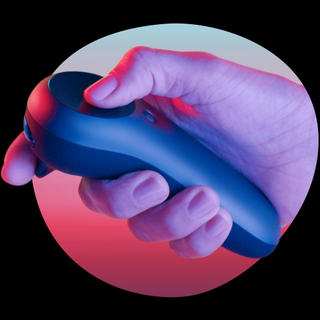
The Verge
At The Verge, Adi Robertson damned the Magic Leap as too-iterative, and not revolutionary.
The Good
"Against all odds, it’s surprisingly comfortable. You put it on by stretching an expandable back, then settling it lightly over your head. Buyers can pick from two sizes, which offer the same eyepieces with different head strap sizes and interpupillary distances. Swappable nose and forehead rests make smaller adjustments possible."
The Bad
"In reality, the dinosaur I see through the Magic Leap One looks genuinely three-dimensional, but pieces start getting cut off when I approach it. When a man walks behind it, I can see him slightly. My headset doesn’t account for relative distance, so it’s impossible for someone to walk in front of the dinosaur, no matter how close they are."
"The Magic Leap One Creator Edition — which ships in the US today for $2,295 — is a functional, thoughtfully designed headset with some very real advantages over competitors like the Microsoft HoloLens. But it doesn’t seem like a satisfying computing device or a radical step forward for mixed reality."
CNBC
CNBC's Todd Haselton was more impressed with the Magic Leap's renderings, and let his imagination wander about its future.
The Good
"In a beta version of an NBA app, I was able to put a video clip of LeBron James on a wall in the room and then see a 3-D rendering on the floor of LeBron's scoring play in slow motion. The video of the basketball game was good enough that, if it were live, I'd have no issue watching the full game wearing the headset. The 3-D rendering on the floor didn't look real, but more like renderings you'd see in a modern game console."
"I knew the experiences weren't real, but it was unlike anything I've experienced before. None of the demos fooled me into thinking these images were really in front of me, but there was something calming about sharp, clearly rendered jellyfish swimming around me. And I loved the idea of being able to place a digital TV screen anywhere I wanted."
The Bad
"The Magic Leap One is sort of like looking through a window within your field of view. It doesn't lay the scene on top of everything within your vision, which means it can be hard to see objects that are really close to you or too big for the headset's field of view. Magic Leap CEO Rony Abovitz told me that future versions will start to fix this problem, but that it's difficult to cover the human eye's entire field of vision."
Sign up to get the BEST of Tom's Guide direct to your inbox.
Get instant access to breaking news, the hottest reviews, great deals and helpful tips.

Henry is a managing editor at Tom’s Guide covering streaming media, laptops and all things Apple, reviewing devices and services for the past seven years. Prior to joining Tom's Guide, he reviewed software and hardware for TechRadar Pro, and interviewed artists for Patek Philippe International Magazine. He's also covered the wild world of professional wrestling for Cageside Seats, interviewing athletes and other industry veterans.
